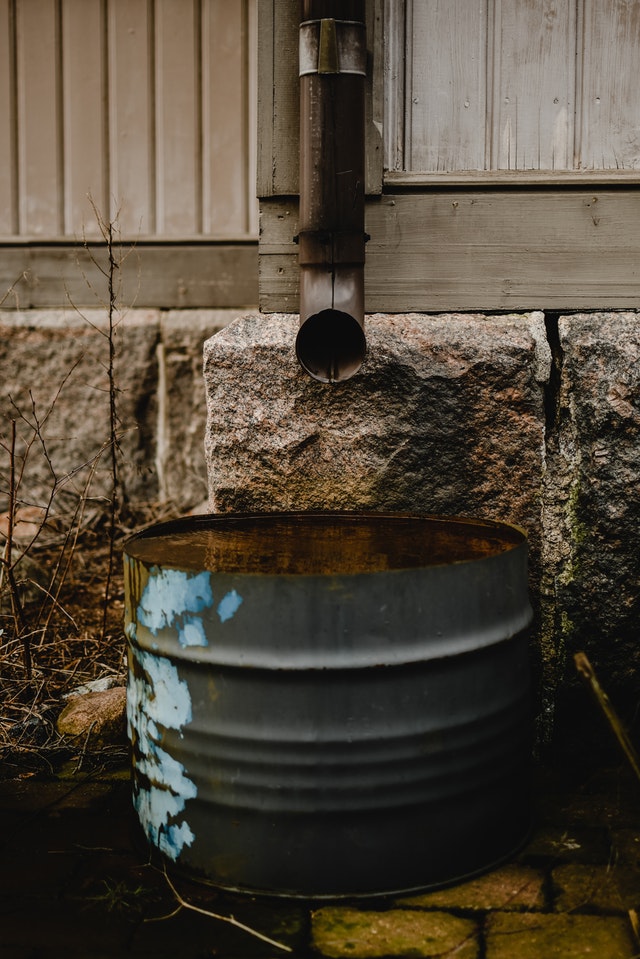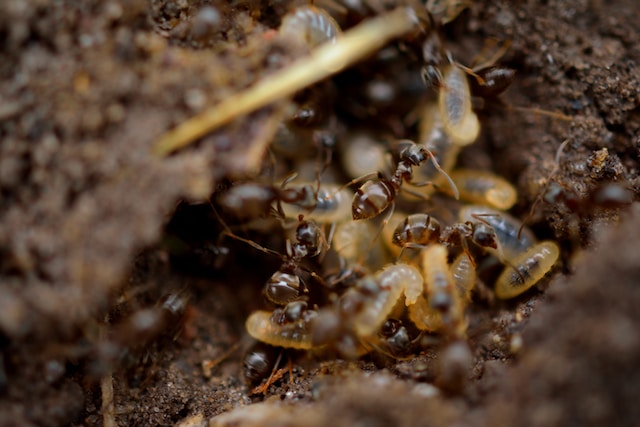Part of home maintenance is checking on the state of the foundation, a factor that may be easily neglected at times. Not always easily visible or understand, the foundation, just like any other house element, may take on some wear and tear over the years. This state could prove dangerous, weakening a structure that is pivotal to the residence’s safety. To avoid major hazards, homeowners may be proactive in foundation care, completing the following steps for additional security.
1. Install Gutters
Water is a contributing factor to foundation concerns. As moisture gathers in puddles around a home, soil shifts to other locations. This change in ground level alters the foundation’s base. Too much movement could mean that the concrete lacks support. When that occurs, it could cave in or gather cracks. Both of these are troubling in that they could lead to support issues or internal water exposure.
Locate a drainage expert drainage by researching Knox engineer Tulsa online. Once a professional is located, request an evaluation of the home’s eaves, and request a design for gutters. These tubes move the rainwater away from the house properly to avoid fluid buildup and soil loss.
2. Regularly Assess Your Foliage
Your landscaping impacts your foundation’s state. On the one hand, shrubbery assists in maintaining soil levels as the roots keep plants firmly in the ground and absorb moisture that could interfere with the home’s exterior. Do not plant things too close to the building, though, because the roots could grow into the structure. Trees pose a particularly troubling problem in this regard. Check on them often, trimming them as needed.
3. Install a Sump Pump
Owners with basements are likely to find water development sometimes. Be sure to clean up the moisture as soon as possible. Lingering moisture permits rot and mold growth. Another way to contain that dampness is to discuss adding a sump pump to the room. This device is located below the basement and detects when the area has too much water. It then drains the space, bringing the fluid away from the house. By decreasing wetness, the ground is more likely to remain intact and suffer from fewer changes.
Be aware of factors that affect your home’s foundation. While concrete is strong and hardy, it can weaken over time. To protect it as best as possible, minimize water exposure. Gutters, sump pumps and foliage are three things that could help.




